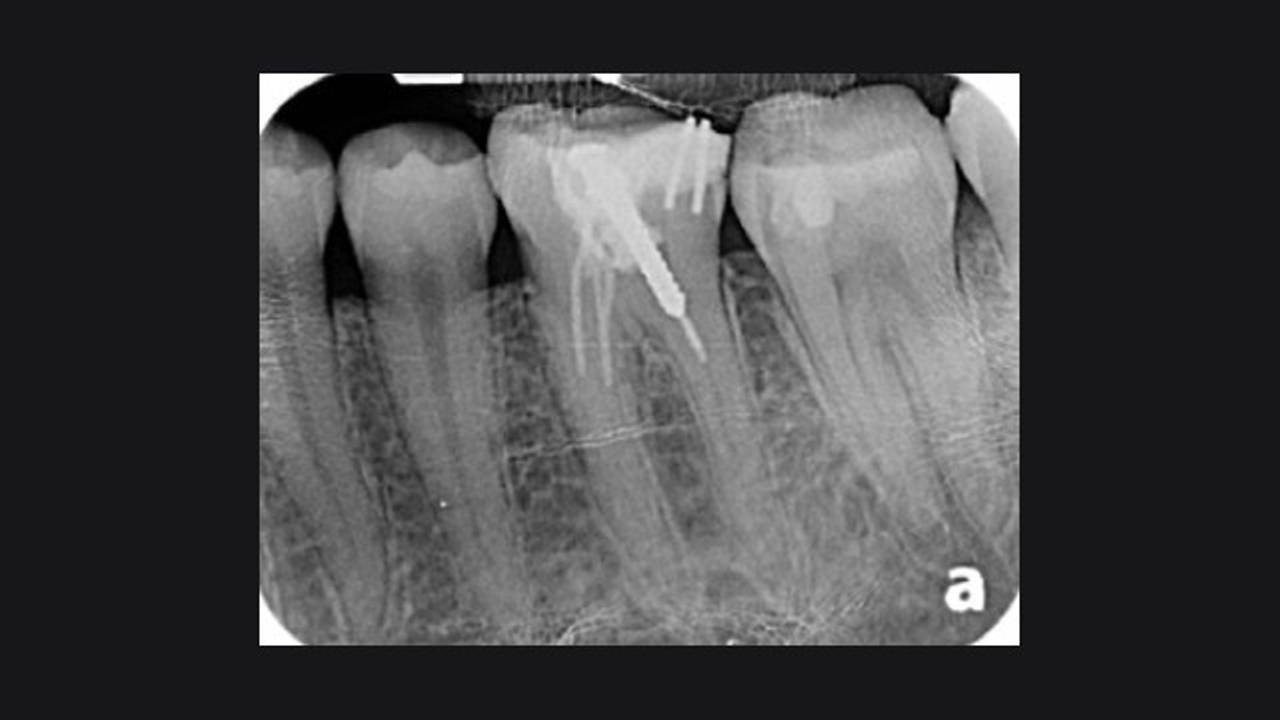
How to complete surgical extractions correctly Pt. 2
Feb 11, 2021Surgical Extractions: When To Pick Up The Handpiece
Welcome back to Pt. 2 continued from last week! If you missed pt 1. Check it out HERE.
What about those flaps?
Usually, an envelope flap with no releasing incision is all that is needed to remove teeth using this process. Most of the time the flap only extends a few millimeters apically. Just enough to be able to uncover the root/bone interface so that an elevator or luxator can be placed.
Typically, no sutures are needed if a graft isn’t being placed.
Post op pain?
It has been my experience that the less time the patient’s mouth is open and being “worked on” the less post op pain they experience. So, although sectioning teeth and removing bone can sound like overkill, a quicker extraction is usually a less traumatic extraction. I’m also not afraid to cut off a perfectly intact crown if I know that I’ll be sectioning the roots to remove the tooth. This helps to waste no time during the procedure.
That’s a wrap
Much of efficient extractions has to do with always having a plan B if plan A doesn’t pan out. Once you are efficient and effective at sectioning and removing roots you will spend less time with processes that aren’t working and simply go to plan B.
Using this process, my average time for the actual extraction is well under 10 minutes.
So, for a small investment (less than $300) and a little time perfecting this process, you can be perfectly equipped to deal with almost any extraction that might walk in the door.
Your patients will thank you.
Your staff will thank you.
You will build your skill and confidence in your upgraded “extraction game”.
And soon you’ll be the dentist with the “fast” extractions.
The Tooth
Oh, and how would I approach that tooth at the top of the article?
Well, it has had previous endodontic therapy and has long skinny roots. If it didn’t have the RCT I might try to place a cowhorn and remove with just forceps. (Cowhorns really function like elevators for all practical purposes)
However, were I to try to extract with cowhorns here, it is extremely likely that I would fracture off the crown and end up with roots fractured below the margin of the bone. This usually happens somewhat catastrophically and although not physically damaging to the patient, tends to shock them a bit. (I’m speaking from experience here)
So my plan is to first cut off the crown and remove the interseptal bone. Now, if necessary, release the gingiva so that the root/bone interface can be identified. By waiting till this point to release the gingiva it reduces bleeding as the tooth is being sectioned and bone removed. It also reduces chances of an air embolism when decoronating with a standard handpiece.
At this point I’m almost done. I’ll place the instrument of choice at the root/bone interface and work it towards the apex. Usually, I try to remove the distal root first as it is usually the straightest and easiest to remove. Then remove the mesial root.
All done. A very low stress, reliable and efficient surgical extraction.

